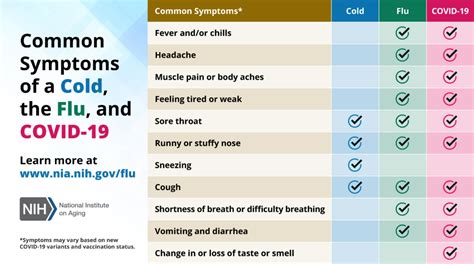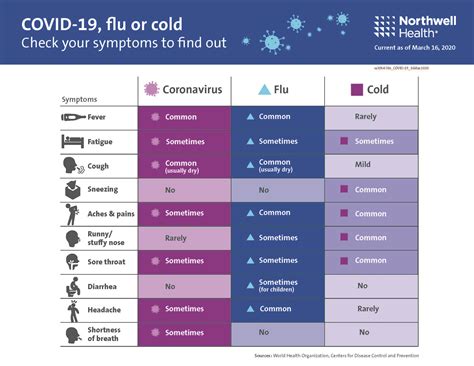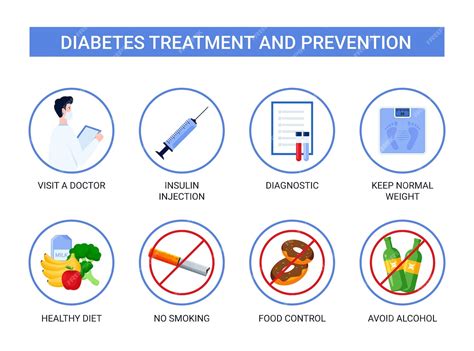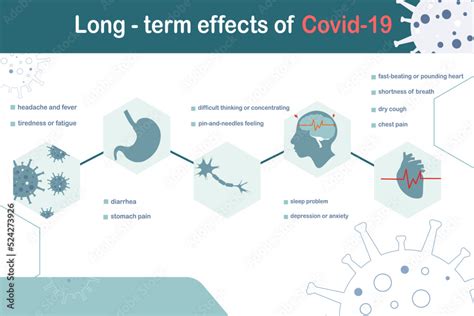Intro
Compare Covid vs cold symptoms, including fever, cough, and fatigue. Understand key differences and similarities to identify your illness, with expert guidance on coronavirus and common cold symptoms.
The COVID-19 pandemic has brought about a significant amount of confusion and concern regarding the differences between COVID-19 and the common cold. Both illnesses are respiratory infections, but they are caused by different viruses and have distinct symptoms. Understanding the differences between COVID-19 and the common cold is crucial for proper diagnosis, treatment, and prevention of complications. In this article, we will delve into the similarities and differences between COVID-19 and the common cold, exploring their symptoms, causes, and implications for public health.
The common cold is a viral infection that affects the upper respiratory system, including the nose, throat, and lungs. It is usually caused by rhinoviruses, coronaviruses, adenoviruses, or other viruses. The symptoms of the common cold typically include runny nose, sneezing, coughing, sore throat, and fatigue. In most cases, the common cold is a mild illness that resolves on its own within a week to 10 days. However, in some cases, it can lead to complications such as sinusitis, bronchitis, or pneumonia, especially in individuals with underlying health conditions.
COVID-19, on the other hand, is a respiratory illness caused by the SARS-CoV-2 virus. It was first identified in Wuhan, China in December 2019 and has since spread globally, causing a pandemic. The symptoms of COVID-19 can range from mild to severe and include fever, cough, shortness of breath, fatigue, headache, and sore throat. In severe cases, COVID-19 can lead to pneumonia, acute respiratory distress syndrome, and even death. The virus is highly contagious and can spread through respiratory droplets, contact with contaminated surfaces, and close contact with infected individuals.
Similarities Between Covid and Cold Symptoms

Differences in Incubation Period
The incubation period of an illness refers to the time between exposure to the virus and the onset of symptoms. The incubation period for the common cold is typically 1-3 days, whereas the incubation period for COVID-19 can range from 2-14 days, with an average of 5-6 days. This longer incubation period for COVID-19 can make it more challenging to track the spread of the virus and identify individuals who have been exposed.Covid Vs Cold Symptoms Comparison

On the other hand, the common cold is more likely to cause:
- Sneezing: The common cold can cause frequent sneezing, whereas COVID-19 may cause occasional sneezing.
- Runny nose: The common cold can cause a runny nose, whereas COVID-19 may cause a stuffy nose.
- Sore throat: The common cold can cause a sore throat, whereas COVID-19 may cause a scratchy throat.
- Headache: The common cold can cause a mild headache, whereas COVID-19 may cause a severe headache.
Diagnosis and Testing
Diagnosing COVID-19 and the common cold can be challenging due to the similarities in symptoms. Healthcare professionals use a combination of medical history, physical examination, and laboratory tests to diagnose COVID-19. The most common laboratory test used to diagnose COVID-19 is the reverse transcription polymerase chain reaction (RT-PCR) test, which detects the genetic material of the SARS-CoV-2 virus. Other tests, such as the rapid antigen test and the antibody test, can also be used to diagnose COVID-19.Treatment and Prevention

Prevention is key to reducing the spread of both COVID-19 and the common cold. Measures such as:
- Frequent handwashing with soap and water
- Avoiding close contact with individuals who are sick
- Wearing a face mask in public
- Practicing good hygiene, such as covering the mouth and nose when coughing or sneezing
- Staying home when sick
- Avoiding touching the face, especially the eyes, nose, and mouth can help reduce the transmission of both illnesses.
Vaccination and Immunization
Vaccination is a crucial aspect of preventing COVID-19. The COVID-19 vaccine has been shown to be highly effective in preventing severe illness and hospitalization. The vaccine works by stimulating the immune system to produce antibodies against the SARS-CoV-2 virus, which helps to prevent infection. There are currently several COVID-19 vaccines available, including the Pfizer-BioNTech vaccine, the Moderna vaccine, and the Johnson & Johnson vaccine.Long-Term Effects of Covid-19

Conclusion and Future Directions
In conclusion, while COVID-19 and the common cold share some similarities in symptoms, they are distinct illnesses with different causes, symptoms, and implications for public health. Understanding the differences between COVID-19 and the common cold is crucial for proper diagnosis, treatment, and prevention of complications. As the COVID-19 pandemic continues to evolve, it is essential to stay informed about the latest developments and to take measures to prevent the spread of the virus.What are the main differences between COVID-19 and the common cold?
+The main differences between COVID-19 and the common cold are the severity and combination of symptoms. COVID-19 is more likely to cause fever, shortness of breath, and chest tightness, whereas the common cold is more likely to cause sneezing, runny nose, and sore throat.
How can I prevent the spread of COVID-19 and the common cold?
+Prevention measures such as frequent handwashing, avoiding close contact with individuals who are sick, wearing a face mask in public, and practicing good hygiene can help reduce the transmission of both illnesses.
What are the long-term effects of COVID-19?
+COVID-19 can have long-term effects on the body, including respiratory problems, cardiovascular problems, neurological problems, and mental health problems.
We hope this article has provided you with a comprehensive understanding of the differences between COVID-19 and the common cold. If you have any further questions or concerns, please do not hesitate to reach out to us. Share this article with your friends and family to help spread awareness about the importance of proper diagnosis, treatment, and prevention of COVID-19 and the common cold. Together, we can work towards a healthier and safer community.
